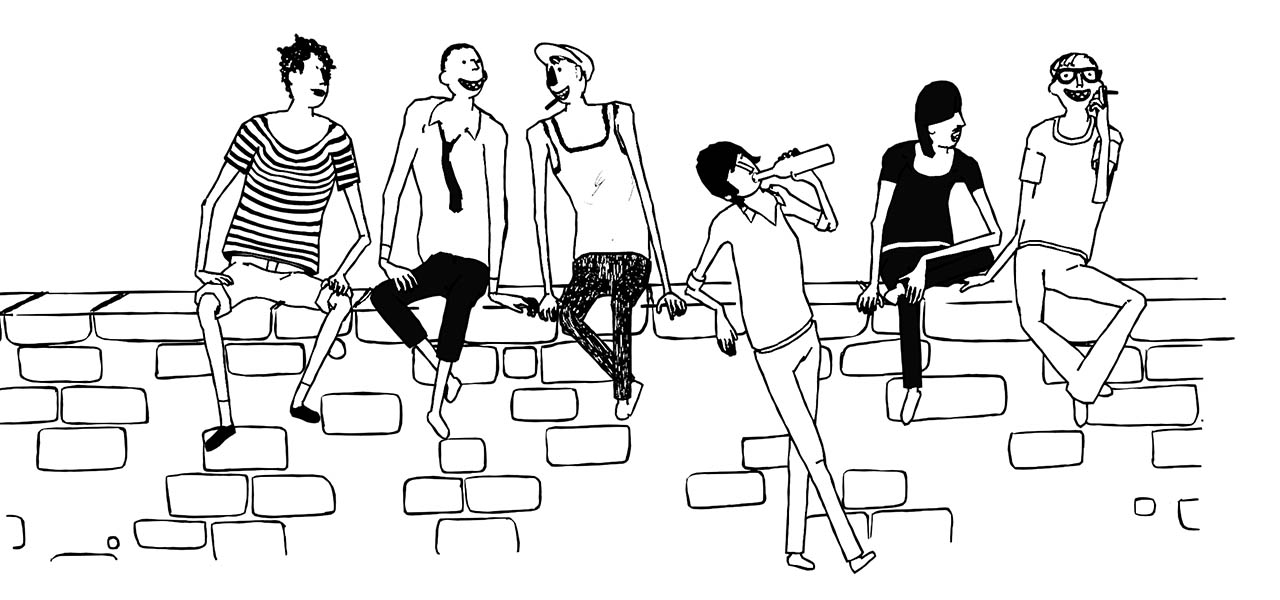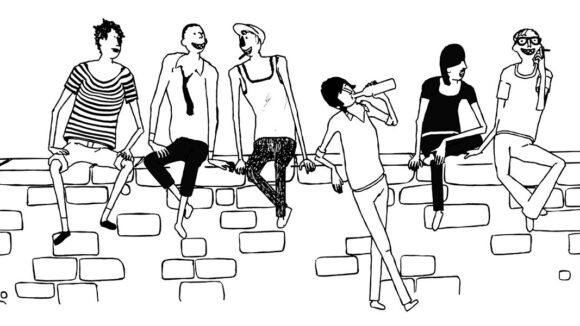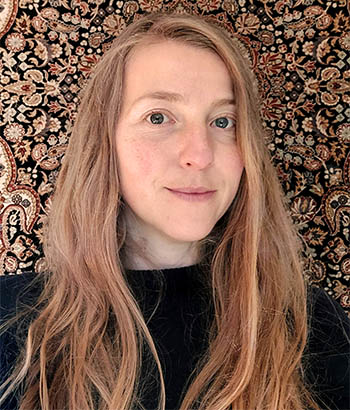

2025 Oscars Short Film Contenders: ‘The Car That Came Back From The Sea’ Director Jadwiga Kowalska
Welcome to Cartoon Brew’s series of spotlights focusing on the animated shorts that have qualified for the 2025 Oscars. The films in this series have qualified through one of multiple routes: by winning an Oscar-qualifying award at a film festival, by exhibiting theatrically, or by winning a Student Academy Award.
Today’s film is The Car That Came Back From the Sea from Swiss-Polish filmmaker Jadwiga Kowalska. The short earned its Oscars qualification by winning the jury award in Annecy and best Animated Short at Palm Springs International Shortfest.
The short takes viewers on a road trip along a ragtag group of friends in early 1980s Poland. It’s a party full of life and frivolousness led by Leszek, whose dream of having his own car is now fulfilled. As the group cruises along the Polish Baltic coast, they find both their car – and their country – falling apart in a tale of ordinary people caught in the winds of revolution.
Cartoon Brew: How have the testimonies from the people you interviewed influenced your approach to the creation of this short?

Jadwiga Kowalska: The interviews with my relatives were often very funny, with hearty laughter sometimes turning into crying or vice versa. This fine line impressed me right from the start. Even though the past often had sad aspects, it was almost always remembered with a twinkle in the eye. I really wanted to translate this lightness into the film. That’s probably why the film has become very hopeful and slightly ironic, even though the subject matter is quite heavy.
What was it about this story or concept that connected with you and compelled you to direct the film?
This is the story of my family, not a documentary per se. But I chose to tell it as a sort of semi-documentary, semi-fictional film. When I asked my mother as a child why she left Poland, she always gave a very short answer: “There was simply nothing in Poland.” For her, that was the end of the discussion. I couldn’t really imagine what that meant. When I reached my mid-thirties, I wanted to understand where I came from, where my family’s roots were, and why my parents left their homeland when they were just twenty years old. That’s how this film started.
What did you learn through the experience of making this film, either production-wise, filmmaking-wise, creatively, or about the subject matter?
Working with the text was particularly important because I had never used it as a narrative element in my films. How do I deal with documentary interview passages? How do I get authentic dialogue from the protagonists I invent? How do I get unity out of both?
It’s also important to understand that no one was interested in this movie at first. The financing phase was more difficult than expected, as local funding institutions were not interested in a Polish film about migration. Moreover, a collaboration with Polish co-producers never materialized because they didn’t see how a Polish-Swiss first-generation director could tell something new/relevant/exciting about this topic. And finally, this period in Poland in 1981 is, along with World War II, one of the most frequently treated themes in Polish cinema.
In this sense, the theme of the film was “between chair and benches” (as you would say in Swiss German), because it was a Polish film for the Swiss and a Swiss film for the Poles. And so, I had to learn to trust my intuition and stick to the theme. The current feedback from festivals is very positive. Many people, even if they don’t have anything to do with Poland, can identify with the film.
Can you describe how you developed your visual approach to the film? Why did you settle on this style/technique?
The visual approach of the film is based on sketches from my sketchbooks. Many of my relatives’ memories were very vague, and so I decided that the line should visually translate this vagueness. As I’m not a very good draftsman, the challenge was to realize the film in 3d (my preferred animation technique), but to achieve a very two-dimensional image in the rendering that reflects the fragmentary nature of fading memories. It took a lot of experimentation to get the final renders out of Blender that would take on the limited strokes of my sketches. I worked a lot with masks, and this technique will be developed further in my next film.
